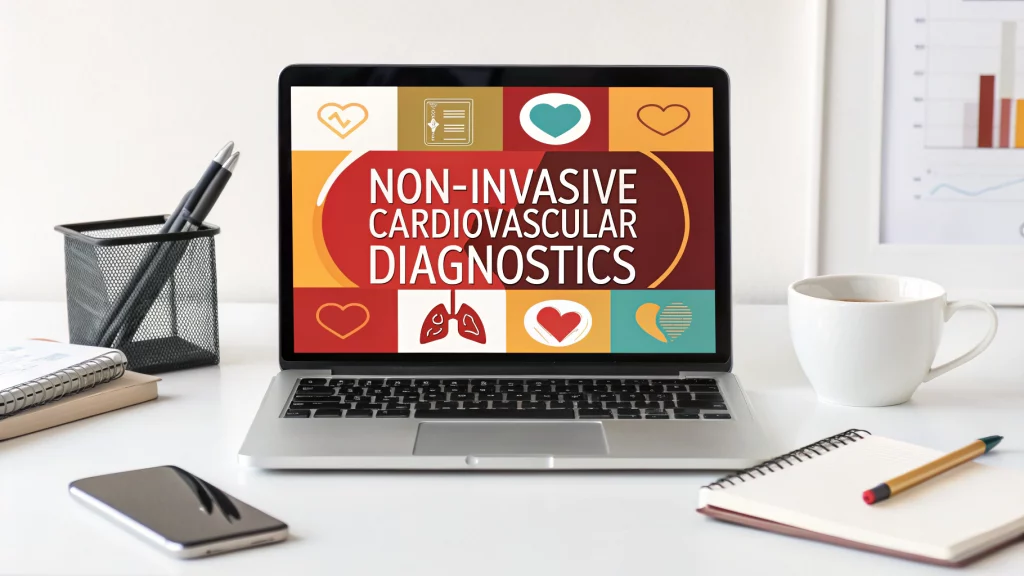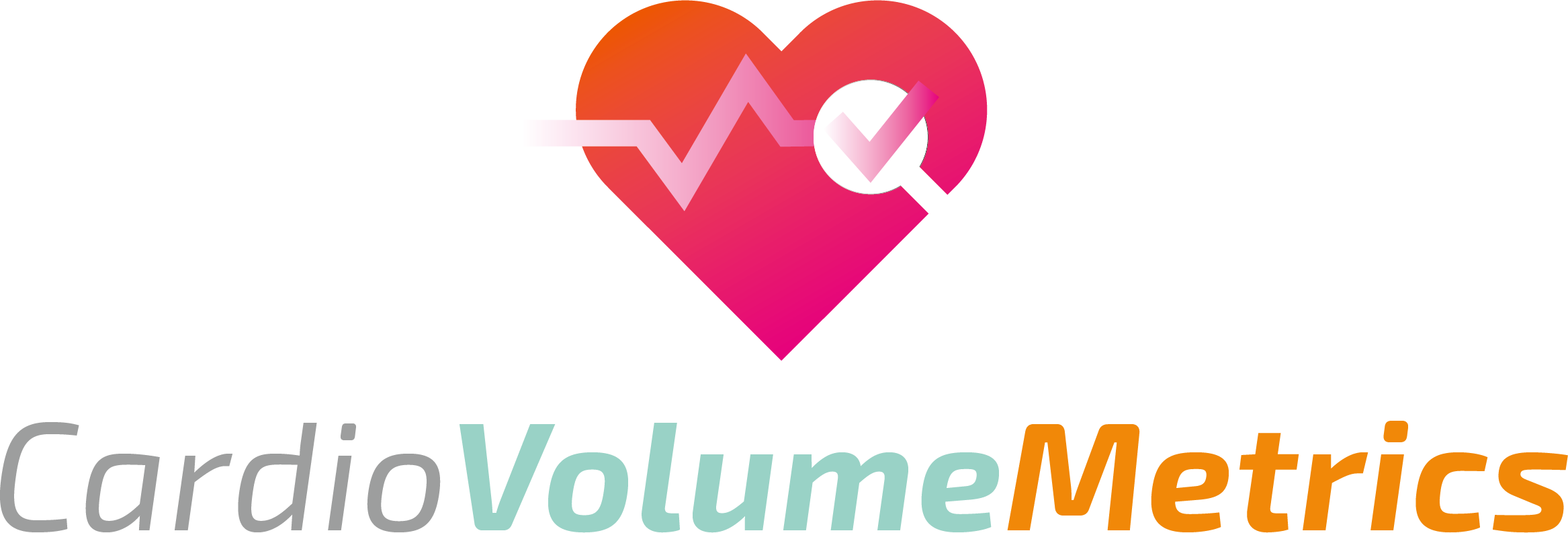Did you know that over 40% of health technology startups fail to reach their goals due to inadequate marketing strategies? The challenges involved in launching innovative health technologies are numerous, and among them, effective marketing is critical for success. With the healthcare landscape constantly evolving, it’s not just about having a groundbreaking product; it’s about ensuring that your target audience understands its value and benefits.
This article serves as a comprehensive guide on the essential marketing materials necessary for a triumphant product launch in the health technology sector. Let’s dive into the details to help you equip your startup with the strategic tools needed to thrive.
Understanding Your Audience
One of the first and most crucial steps in launching health technology is to understand your audience thoroughly. You aren’t just marketing to an abstract idea—your audience consists of healthcare professionals, administrators, patients, and stakeholders who each have distinct needs and expectations.

Identify Key Healthcare Professionals and Stakeholders for Target Outreach
Begin by determining the specific segments of the healthcare industry that your product will benefit. Are you targeting doctors, hospital administrators, or technical staff? For instance, if your health technology focuses on AI-driven diagnostic solutions, your audience might likely include radiologists, general practitioners, and healthcare IT professionals. Research the pain points they face and how your product can solve them.
Understand the Needs and Expectations of Your Audience in Relation to Your Technology
Next, build profiles for each of these audience segments. Conduct surveys, interviews, or focus groups to gather data on what they seek when considering a new health technology. Understanding their day-to-day challenges, along with any regulatory or budgetary concerns, will help you in crafting your marketing materials.
Utilize User Personas to Tailor Marketing Materials Effectively
Creating detailed user personas can be extremely beneficial. For example, a persona for a hospital administrator may emphasize cost-efficiency and scalability, while a persona for a physician might prioritize user-friendliness and patient outcomes. Tailoring your marketing materials to these personas ensures that your messaging resonates effectively, addressing specific concerns and interests.
Essential Marketing Materials
Once you clearly understand your audience, the next step is developing the marketing materials that will effectively communicate your product’s value proposition.
Create Informative Brochures That Outline Your Technology’s Features and Benefits
Informative brochures remain a powerful tool in health tech marketing. Dress them up with high-quality graphics, clear explanations, and case study highlights that make it easy for your target audience to appreciate the functionality and benefits of your technology. For instance, if you’re launching a new software for telehealth services, include sections detailing how it streamlines processes and improves patient outcomes.

Develop Engaging Presentation Slides for Pitch Meetings and Trade Shows
When it comes to presentations, a well-crafted slide deck can be the difference between capturing interest and losing it. Your slides should be visually appealing, concise, and focused on addressing the specific needs of your audience. Include compelling imagery, notable statistics, and anecdotes to illustrate your points. Companies like Zebra Medical Vision, known for their AI imaging analytics, often use captivating presentations in trade shows to engage their audience effectively.
Utilize Data Sheets with Technical Specifications and Case Studies to Support Your Claims
Another critical piece of marketing material is the data sheet. This document must contain the technical specifications of your product, including how it compares to competitors and real-world case studies that provide evidence of its efficiency and effectiveness. When healthcare providers can see proven success in comparable settings, they’re more likely to consider adopting the technology.
Digital Presence and Social Media
In today’s digital age, your online presence is essential for reaching your audience effectively.
Establish a Professional Website That Serves as a Hub for All Marketing Materials
Your website is often the first point of interaction for potential customers. Ensure it is user-friendly, informative, and reflects your brand identity. Include sections for products, testimonials, blog posts on industry insights, and downloadable resources. For example, Medtronic does an excellent job of maintaining a professional and informative website that fosters engagement.
Leverage Social Media Platforms to Engage with Healthcare Professionals and Share Valuable Content
Social media platforms, such as LinkedIn and Twitter, can amplify your outreach. Share relevant content that informs and adds value to healthcare professionals. Engaging posts, articles, and videos can establish your company as a thought leader in the industry.
Incorporate Testimonial Videos and Case Studies That Showcase Your Technology in Real-World Applications
Nothing speaks louder than a satisfied customer. Creating testimonial videos can offer insights into how your technology has made a positive impact on healthcare providers and patient outcomes. For instance, showcasing a doctor discussing their improved workflow after using your technology in a clinical setting can significantly influence potential buyers’ perception.
Measuring Success and Iterate
After launching your marketing campaigns, the next critical step is measuring their success and making necessary improvements.
Set Clear Marketing Objectives and Key Performance Indicators (KPIs) to Gauge Success
Establish specific marketing objectives ahead of time. KPIs such as website traffic, engagement rates on social media, lead generation, and conversion rates will help you track the success of your marketing initiatives. Tools such as Google Analytics can provide valuable insights into user behavior on your website.
Collect Feedback from Early Adopters to Refine Marketing Materials and Messages
Even after launching, seeking feedback from users who have interacted with your technology can provide insights into how your marketing materials are perceived. User feedback around brochures or presentation content helps identify what resonates and what doesn’t.
Continuously Iterate on Your Strategy Based on What Resonates Most with Your Audience
Adapting to your audience’s feedback determines the long-term success of your marketing strategy. Adjusting your messaging or marketing tactics will not only improve engagement but increase the potential for client conversion.
Conclusion
Launching innovative health technologies demands well-crafted marketing materials that effectively communicate your value proposition. The combination of understanding your audience, using pertinent marketing resources, building a digital presence, and measuring success ensures a robust strategy for a successful launch.
To elevate your launch strategy further, consider downloading our free marketing template to align these materials with your goals. Together, let’s turn your innovation into a success story in the health technology sector!

